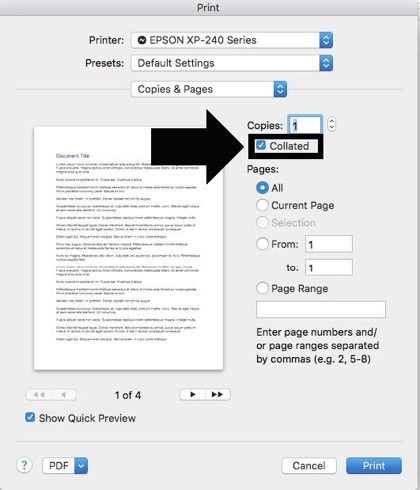
On a Mac, press the “command key (⌘) + 8.”

The red arrow, having been set to 'Stay on Page' as noted earlier, and standing in for your image, "Stays on (the former) Page" in the same position on that page as it was before the Page break was inserted.Delete Whitespace in Word When Using Tables or ImagesĮvery time you insert a table into a Word document, a small space gets added beneath it. Opening the Insert menu and choosing Page break has this result:Īn page break is inserted immediately following the text, pushing the insertion point to the top of the new page below (green arrow added), ready for additional text to be added on this page. Th insertion point is placed " immediately after the last text" (the 'return character after "stops.") The arrow is an inserted object, standing in for the first of your four images. Here is a screen shot of the document shown in my initial reply, this time with the Insert menu closed, and not hiding the insertion point (red arrow) In the other locations mentioned above, there is no opportunity for a 'new page' to be created. The insertion point can be place only in a text environment-at the place where text begins in a document body, in a text box, or in a shape, between two characters in a string of text, or immediately after the last character in a string of text.Ī page break can be inserted at the insertion point only ii the insertion point is in the main text body.

"If it (the insertion point) is not in or at the end of the body text, that would explain Page Beak being greyed" "You can force a new page by placing the insertion point in the text or immediately after the last text on a page and inserting a Page break."
:max_bytes(150000):strip_icc()/001-remove-a-border-from-word-document-3540307-cc46731faf054566b78e74ed7f5beff4.jpg)
Repeating what I said in my initial reply:


 0 kommentar(er)
0 kommentar(er)
